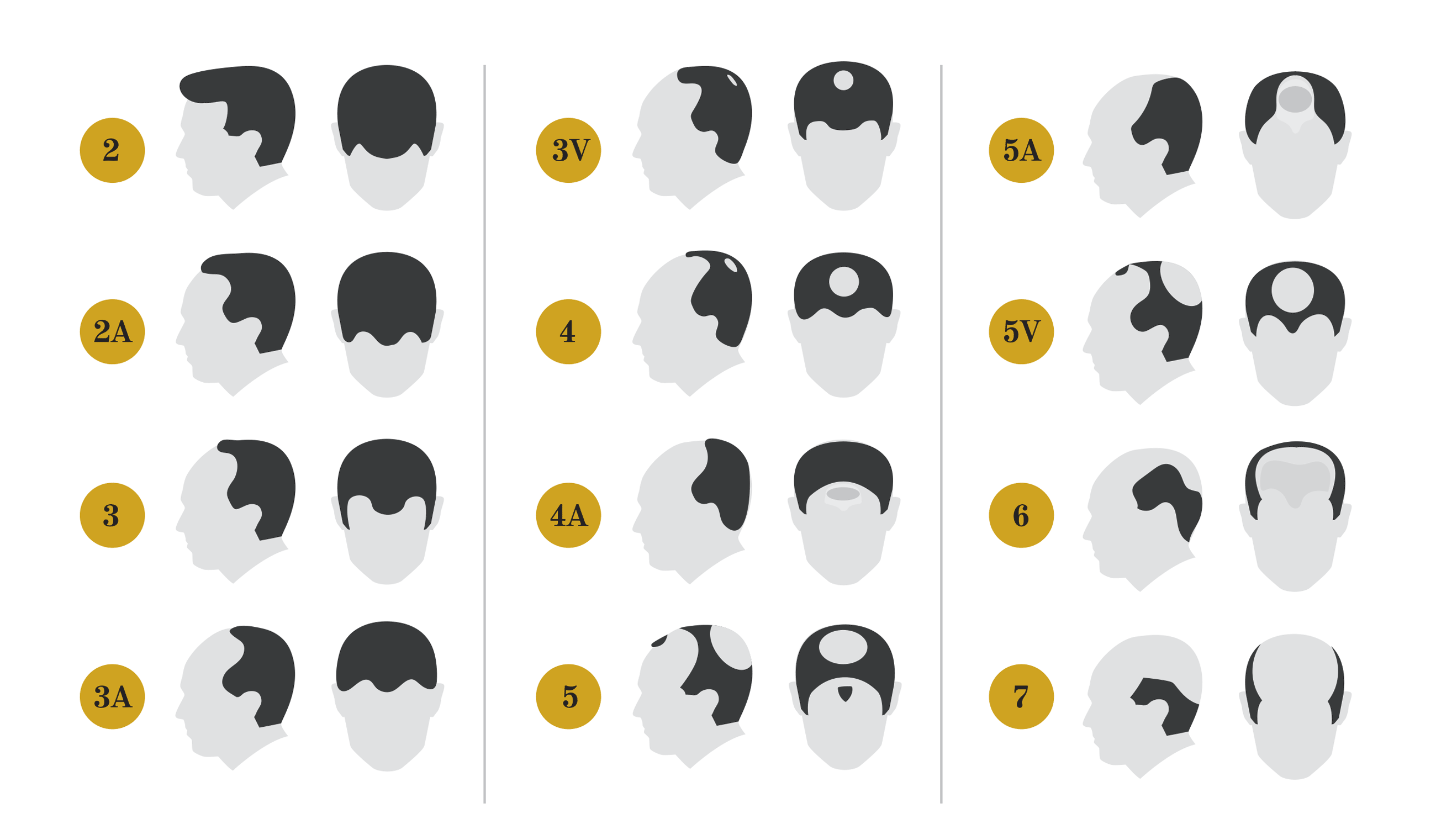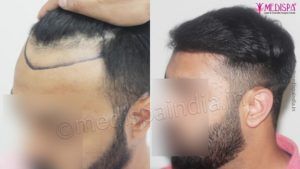The hair loss and baldness are interlinked to each other as the sign of hair loss started with the miniaturization process that extended up to the Norwood grade of baldness. The hair loss can be defined by the baldness when the causative factor associated with the pattern hair loss or Androgenic alopecia. The Androgenic alopecia is a primary concern in the hair transplant surgery that is treatable with the surgical restoration of hair.
The hair transplant cost may increase with the increasing extent of Norwood baldness. The process of hair loss itself has physiology and anatomy go through a different stage, such as Shortening of Anagen phase, an increase in the Telogen stage, miniaturization or shedding of hair with the destruction of hair follicles. The sign of miniaturization can easily be found out by the decrease in the number of cells per dermal papilla.
The hair loss status must be confirmed by the pre-procedure evaluation session with your hair transplant Doctor who recommends you the feasible technique and the suitability of the procedure in a particular grade of baldness.
The State of Baldness:
The state of baldness is characterized by the Norwood classification has 7 categories is rated on the basis of the extent of the loss. One can sure about the permanent solution if the hair transplant procedure is applied. As we all know that the baldness has 7 categories and all rated with increasing extent of graft/hair root loss.

Norwood scale with all 7 categories of baldness
The Norwood scale is the scientific scale that measures the extent of hair loss for the purpose of hair transplant treatment. The therapy of PRP or platelet-rich plasma can also opt for the treatment purpose, but only for controlling the hair loss. The response to Androgenic alopecia both in male and female can only be treated with the hair transplant procedure permanently.
The Hair Transplant Procedure:
The procedure of the hair transplant is a single permanent option to treat pattern baldness. The procedure applies the transferring process of hair roots from one location to another, i.e., the donor and the recipient bald areas of the scalp. The donor area is what that offers the needed number of grafts to cover the respective NW-class of baldness. The procedure is performed by the application of technique categorized into two main types known as the FUT and the FUE hair transplant.
The FUT Hair Transplant:
The FUT or the strip method of the surgery involves the strip excision from the safe donor part followed by the simple incision and suture. The excised strip is then sent to the dissection job where the technician separates each follicular unit from their supportive or connective tissues. The incision part is closed by the advanced closing method known as the Trichophytic closure. The strip provides multiple numbers of grafts in a single session fulfils the greatest need for the bald areas.
The FUE Hair Transplant:
The FUE hair transplant involves the multiple punching to extract the individual hair root from the donor area via the motorized or robotic punching tools. The FUE procedure doesn’t allow the greatest baldness grade fulfilment with the hair roots as the received number of grafts is not much in the amount due to the random punching automatically reduces the capacity for the graft extraction.
Thus, it is a prerequisite to receiving the initial consultation with the hair loss doctor to find out the best possible solution with the aesthetic hair restoration surgery.






